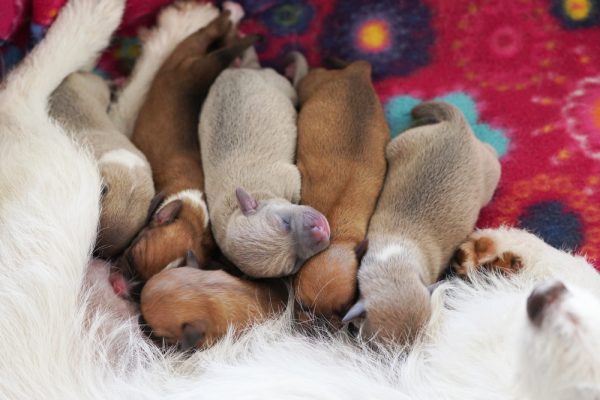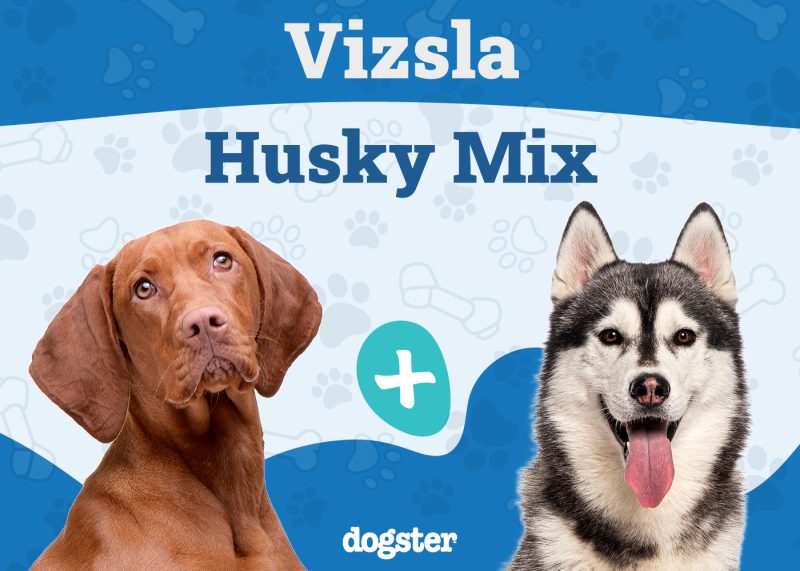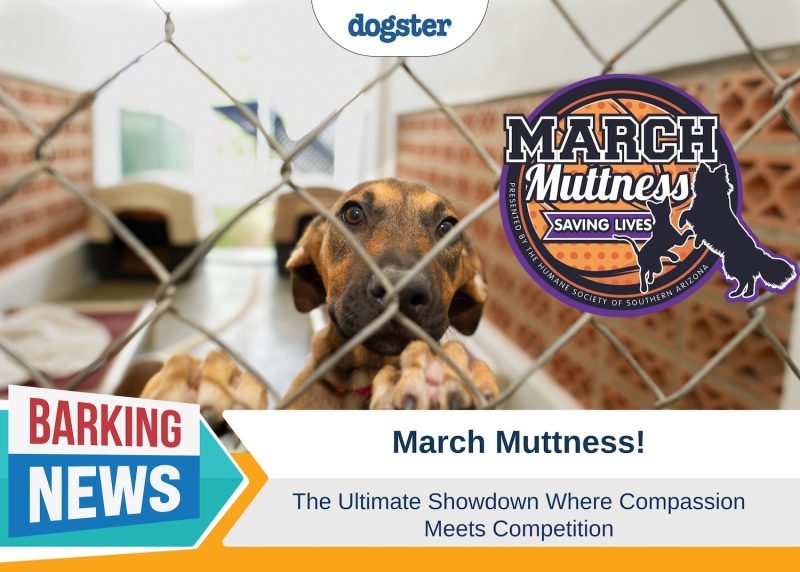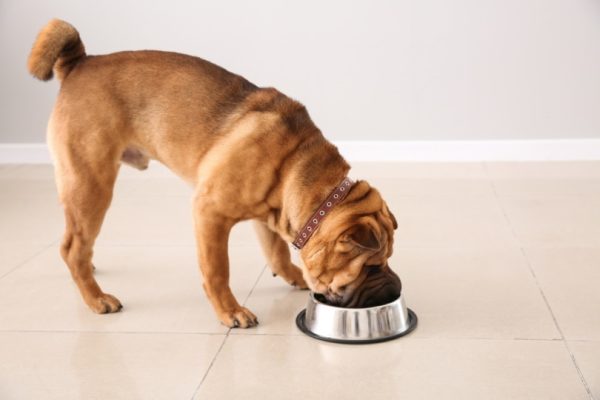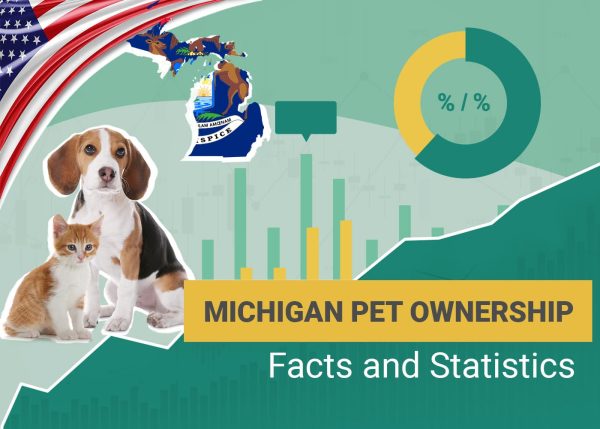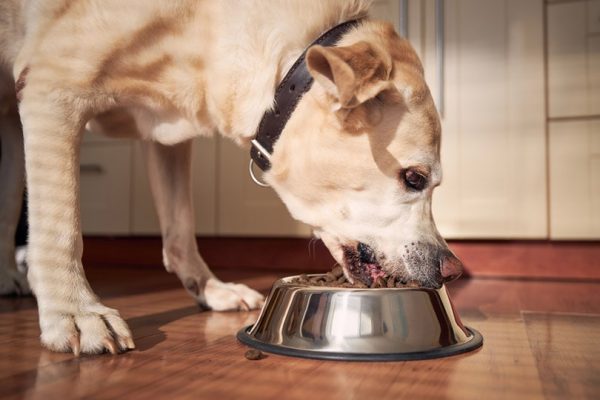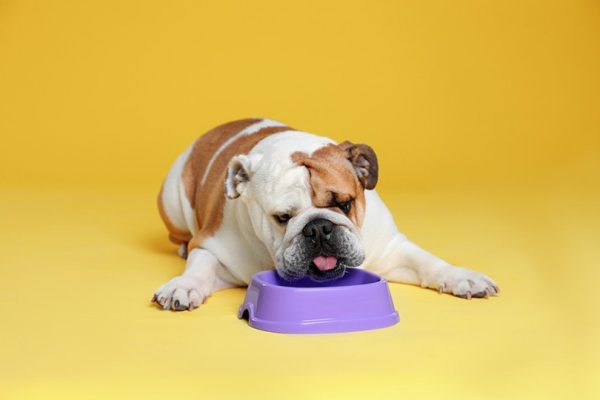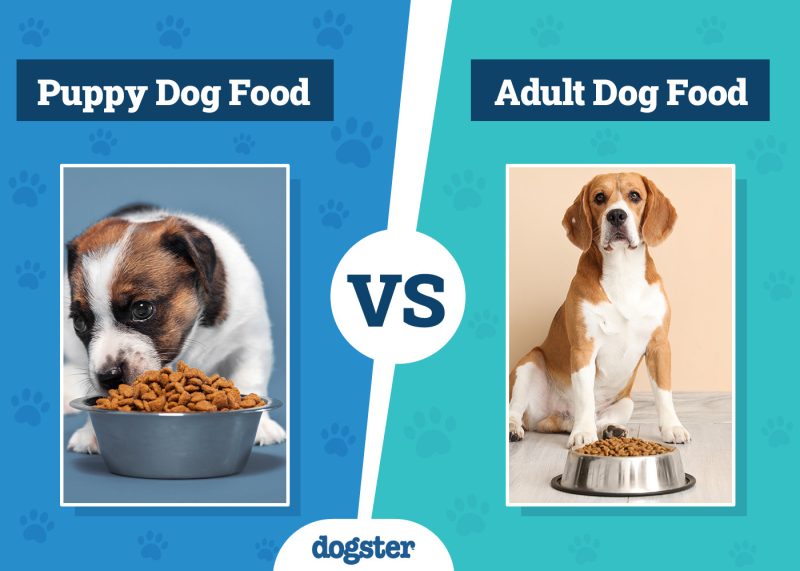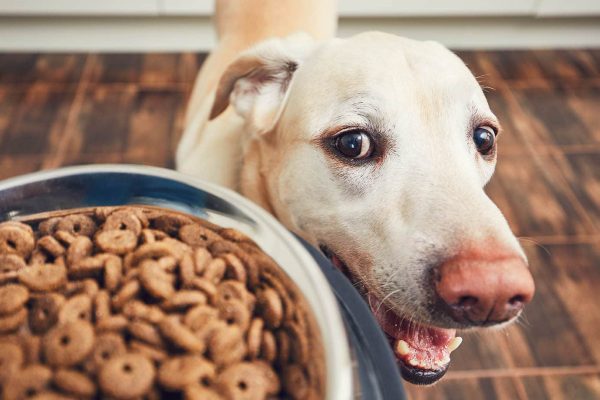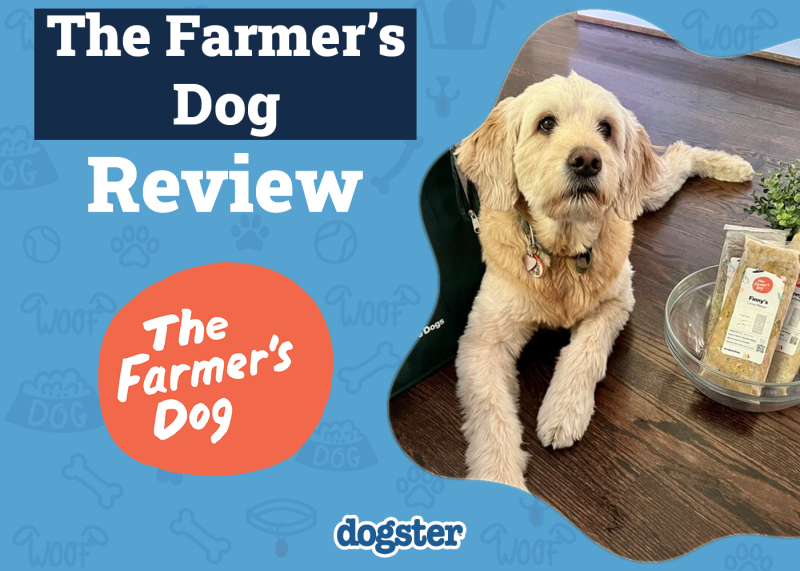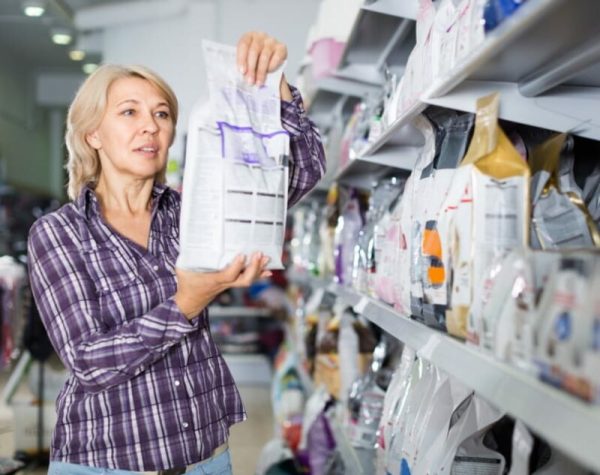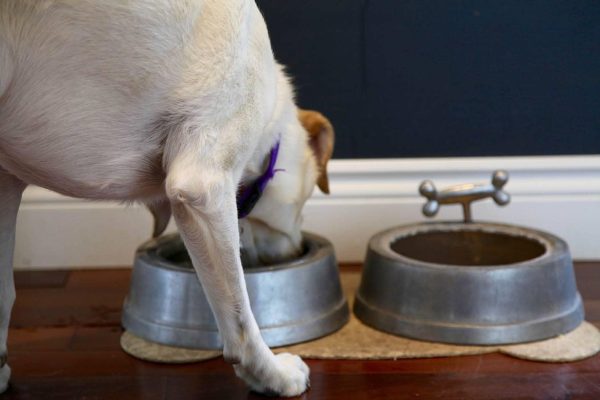Pop Rocks certainly are a favorite among consumers for their variety of flavors and all the fun you get to have as they pop, crackle, and fizz in your mouth. Bite down on one and you’re in for even more of a treat, right? We all loved them as kids, and some of us still indulge to this day.
These unique candies hit the shelves in the 1970s and are still going strong. If you keep Pop Rocks in your pantry, you may be wondering how safe they are for your dog. Whether your dog likes to rummage through your snacks when you have your back turned or you just like sharing food with your pup, their safety should be top priority.
The good news is, Pop Rocks are not toxic to dogs and shouldn’t cause any issues if accidentally consumed in small amounts. However, you shouldn’t be feeding these candies (or any other for that matter) to your dog.

Why Shouldn’t My Dog Eat Pop Rocks?
Pop Rocks may be fun and tasty, but there’s a reason why candy gets a bad reputation – it’s incredibly unhealthy. If you understand the health concerns and the need for moderation, there’s nothing wrong with enjoying Pop Rocks yourself, but it’s highly advised that you avoid feeding them to your dog
The Downsides to Pop Rocks
While Pop Rocks aren’t considered toxic to dogs and they likely won’t cause any harm in small amounts, large portions could lead to gastrointestinal upset.
Pop Rocks also provide no nutritional value, and the ingredient list is nothing to brag about. Not to mention, the sound and feeling of pop rocks in the mouth could also scare your dog and cause them undue stress.
Another reason to keep Pop Rocks out of reach is the packaging. If your dog tries to eat the candies without permission, they are at risk of swallowing the inedible packaging, which could result in a potentially life-threatening intestinal blockage.
If you ever have any concerns over something your dog has eaten, you should contact your veterinarian right away for further guidance.
If you need to speak with a vet but can't get to one, head over to PangoVet. It's our online service where you can talk to a vet online and get the advice you need for your pet — all at an affordable price!
Pop Rocks Ingredients & Why They Aren’t Good for Dogs
Sugar
While refined sugar may not be toxic, dogs should not be fed any type of food with added sugars. Not only can it cause stomach upsets, but overfeeding sugary foods can easily lead to weight gain and obesity, which can result in many associated health conditions.
Lactose (Milk)
Lactose is a milk sugar and while it’s not toxic to dogs, many dogs are lactose intolerant. The signs of lactose intolerance can range from mild to severe and may include abdominal discomfort, diarrhea, bloating, and gas.
Corn Syrup
Corn syrup is not toxic, but it has a very high sugar content and is not recommended for your dog. Dogs that consume large amounts of corn syrup and other refined sugars regularly are at a higher risk of obesity and the many health conditions that can result consequently.
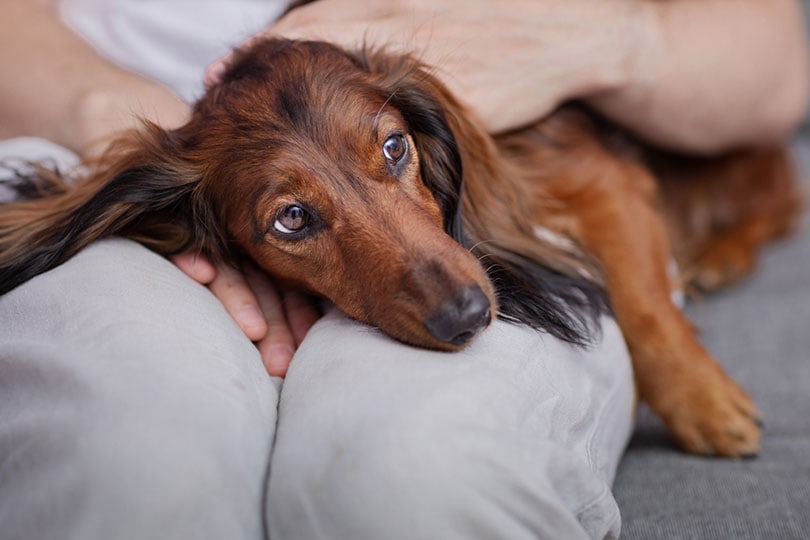
Artificial Flavor
An artificial flavor is any non-natural substance that is used to create flavors in foods, beverages, supplements, and medication. These artificial chemical flavorings are developed in a lab and designed to mimic the taste of natural ingredients. Artificial flavors are the subject of much controversy when it comes to health.
Certain chemicals used in artificial flavors and certain natural flavors can be toxic at higher doses. While they are considered generally safe for human consumption because the chemicals are at very low concentrations, many prefer to steer clear of artificial flavorings entirely for both them and their beloved pets.
Artificial Color
Depending on which flavor of Pop Rocks you purchase; you are sure to find artificial food coloring that matches up. Food coloring provides no nutritional value and is only added to make products more colorful and appealing to the consumer for marketing purposes.
There’s minimal data on how artificial coloring affects dogs specifically, though studies on rodents have shown links to cancer, cell damage, and changes in brain chemistry.
Carbon Dioxide
There are tiny, pressurized bubbles in Pop Rocks that contain carbon dioxide gas. When the sugar coating dissolves in your mouth, it releases the gas and makes the popping sound the candies are famous for. While the release of carbon dioxide gas may not be harmful to your dog, it can be quite uncomfortable and may even scare them, so it’s best to keep these candies to the humans in the household.

Human Foods That Make the Best Snacks for Dogs
Just because you shouldn’t be sharing your Pop Rocks with your dogs, doesn’t mean you don’t have some healthy snack options you can offer your four-legged pal. Of course, even the healthiest treats and snacks should only be fed in moderation and in addition to your dog’s daily balanced diet.
If food is the way to your dog’s heart, you should consider spoiling your pup with some of the following foods that are perfectly safe and provide nutritional value:
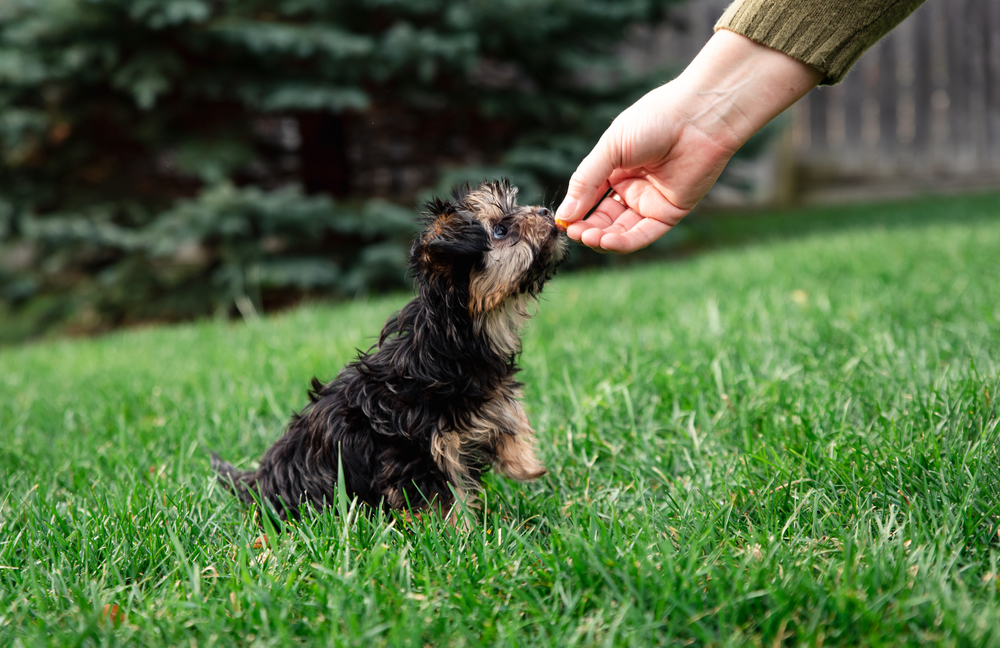
- Plain chicken
- Plain turkey
- Plain beef
- Plain salmon
- Plain sardines
- Green beans
- Carrots
- Blueberries
- Pumpkin
- Peanut butter (ones which do not contain xylitol)
- Watermelon (without rind and seeds)
- Apples (without rind and seeds)
- Plain yogurt

Summary
A small amount of Pop Rocks isn’t likely to cause any harm to your dog, but you should keep them up and out of your dog’s reach. These candies are in no way healthy for your dog and could scare them with the chemical reaction in their mouth, so they should not be on the list of snacks to feed them.
There are plenty of safe and healthy human foods you can enjoy in moderation together, but if your pup were to sneak Pop Rocks on their own, be wary of them swallowing the package and never hesitate to reach out to your veterinarian if you ever have concerns over something they’ve consumed.
See also:
Featured Image Credit: Aleks822, Shutterstock


